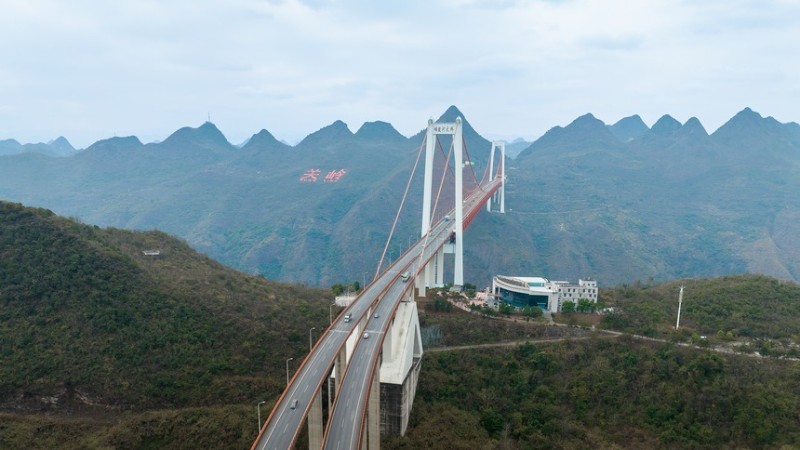China's Tsinghua Science Satellite facilitates tracking, forecasting of space debris
SINGAPORE, April 20 (Xinhua) -- China's Tsinghua Science Satellite is collecting data to help with the precise tracking and forecasting of space debris, said Wang Zhaokui, a professor of Tsinghua University at the 5th Committee on Space Research Symposium in Singapore Thursday.
The satellite, launched from northwest China's Jiuquan Satellite Launch Center on Aug. 6, 2020, is currently operating normally in orbit, Wang said.
It collects continuous precision orbital data to improve the Earth's upper atmosphere model, which is significant to the precise tracking and forecasting of space debris, Wang said.
"The satellite weighs 21.2 kg and operates with a mission orbit altitude of 500 km. It adopts a pure spherical novel configuration to ensure that the atmospheric drag is independent of the satellite's attitude, thereby greatly improving the accuracy of atmospheric density measurement," said the satellite expert.
"Our team also developed an electromagnetic separation system, a super capacitor-battery power system, and an integrated full-field solar sensor, which lays a solid foundation for the development of scientific small satellites in the future," Wang noted.
"We have cultivated a research team with an average age of 25 years old through the development of the satellite and they will be a strong reserve to China's space science research," the professor said.
Held at Nanyang Technological University, the event lasts from April 16 to 21. It attracts over 200 scientists, researchers and industry experts discussing advances in space sciences, with a focus on the emerging field of small satellite development.
Photos
Related Stories
Copyright © 2023 People's Daily Online. All Rights Reserved.









